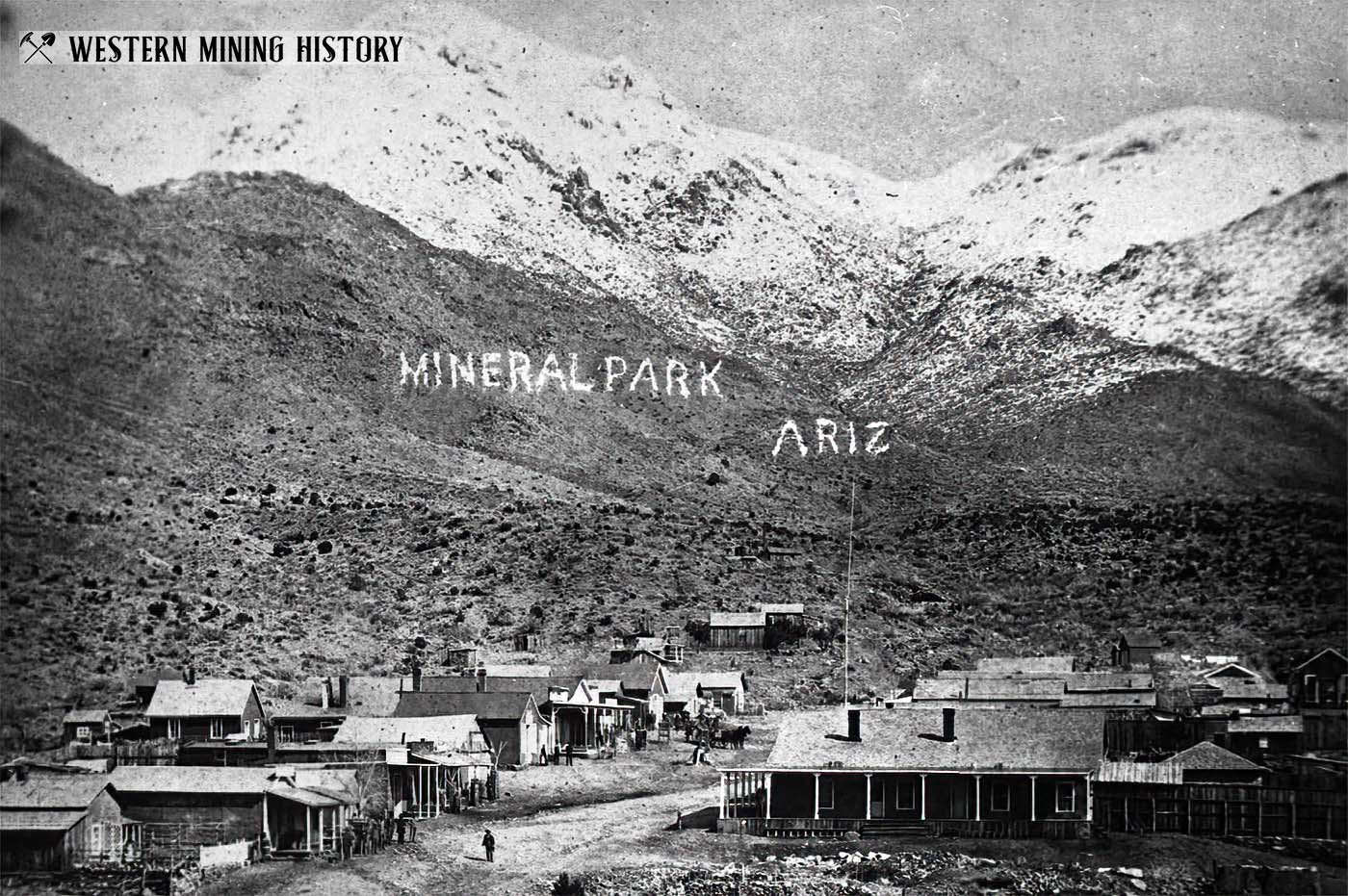Mineral Park History
Mineral Park was founded after ore discoveries starting in 1870. The town took its name from its location in a secluded bench of the Cerbat mountain range, in an area so rich with minerals that water in the area was not suitable for drinking and had to be hauled in from several miles away.
The first mine located here was the Mayflower in 1870, followed by the Keystone No. 1 and No. 2 mines. The first settlement took hold in 1871, and a post office was established the following year.
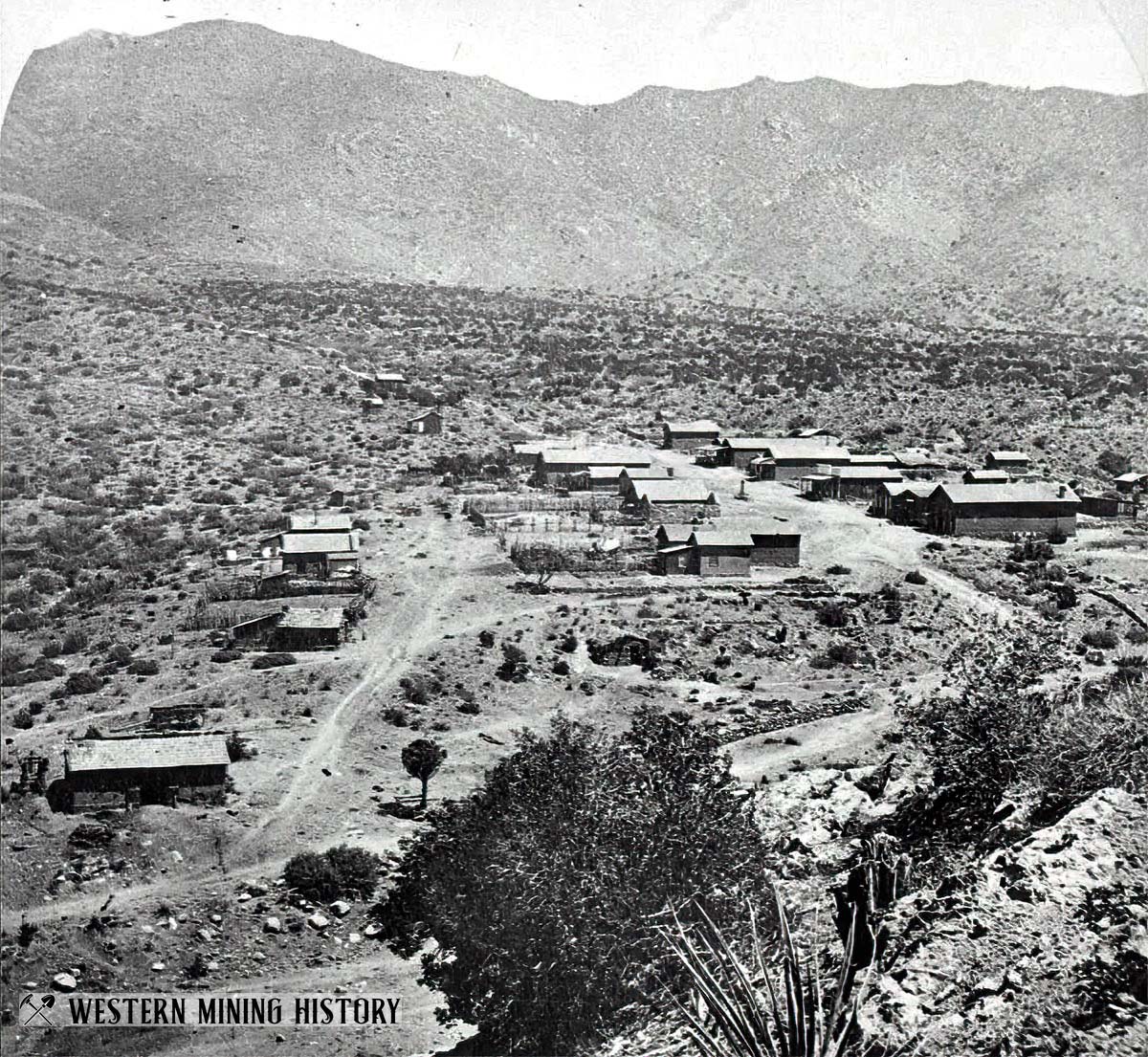
Early growth of the town was slow as the remote location presented many challenges to the development of the mines. Milling was also a problem–in the early 1870s ore had to be shipped at great expense down the Colorado River to the Gulf of California, up to San Francisco, then all the way to Wales to be milled.
Finally in 1876 a modest five-stamp mill was built at Mineral Park which signaled the turning point for mines of the district. The prospect for local milling meant much more ore could be processed profitably, greatly stimulating the local mining industry. Additional ore deposits were discovered, and by 1877 the mines were producing significant amounts of both gold and silver.
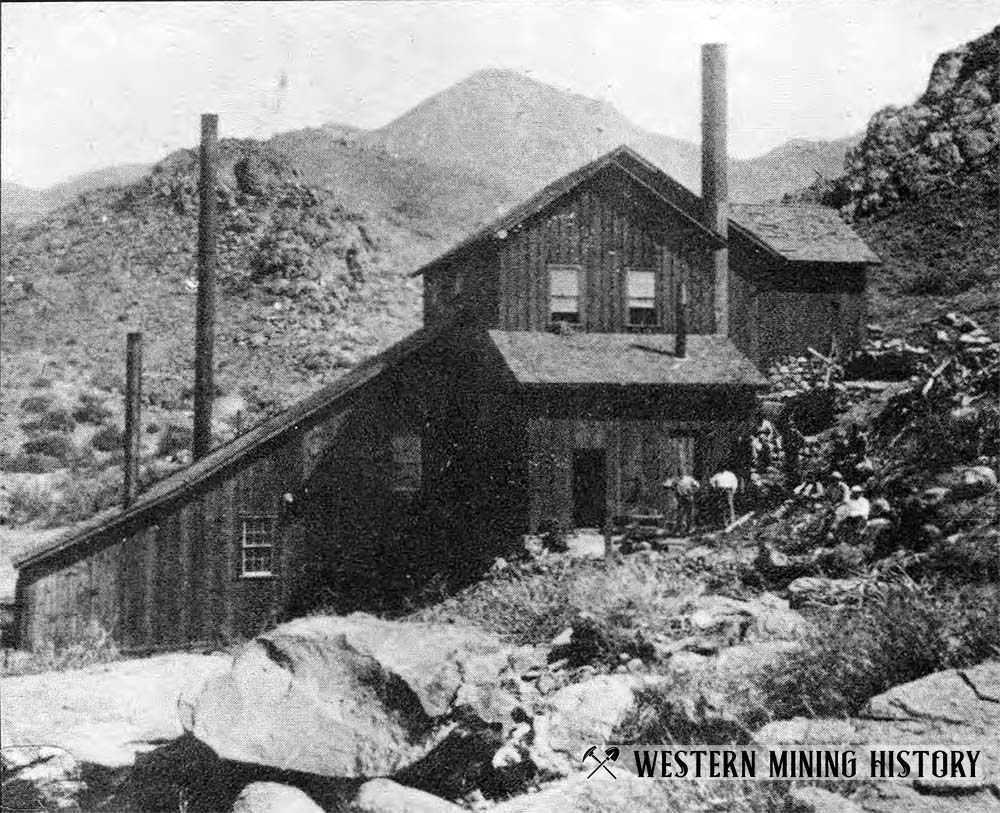
The growth of the town was bolstered when it became the Mohave County seat in 1877 (the seat had previously been in Cerbat, six miles away). A county courthouse and jail were constructed in 1878. By 1880 the town had a restaurant, blacksmith shop, hotel, public school, five stores, and of course four saloons. By the end of 1882 three newspapers competed for readers in the area.
Like many of the remote mining camps during this period, Mineral Park was a typical “Wild West” town. An interesting story from 1885 involves W. M. Krider, partner in a local mercantile company and postmaster, and J. W. Haas, owner of the Woodchopper’s Relief mine which was located about two miles from town. A feud between the two men festered until it boiled over into a gunfight.
Hess had accused Krider of mishandling his mail, and a newspaper article from February, 1885 indeed confirmed that Krider had been temporarily suspended as postmaster for allowing an unauthorized party to open a letter at the post office. Whether this was the only cause for bad blood between the men is not know, but in October the feud escalated into violent conflict as reported on October 29, 1885:
Postmaster Krider and James Haas, of Mineral Park, indulged in a little shooting-scrap last week. The Justice bound them over in the sum of $1,000 each to keep the peace for six months, during which time it is expected they will get cooled off or become better shots.
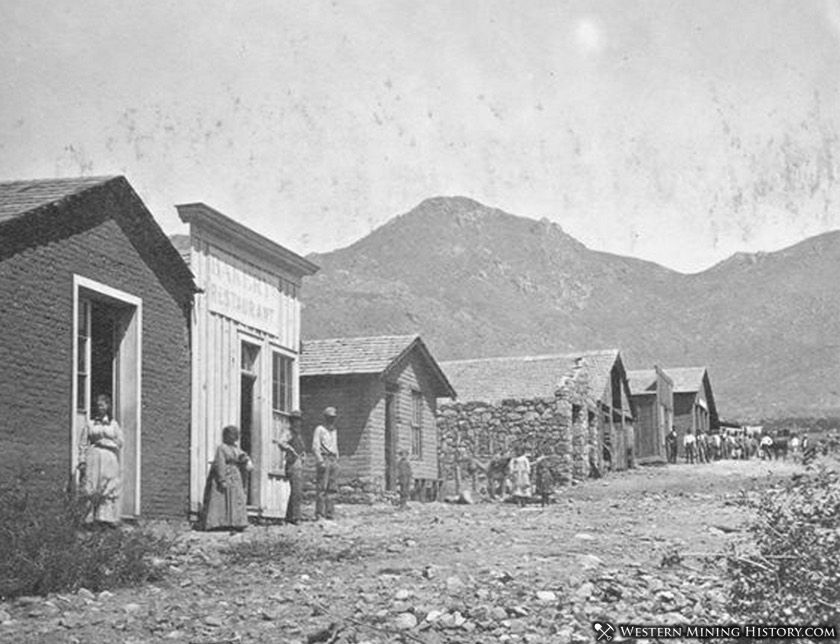
The town of Kingman was established in 1882 about 14 miles to the southwest, as a siding on the Atlantic and Pacific Railroad. Railroads could make or break towns back then, and it quickly became clear that Kingman would grow into the regional population center as Mineral Park was too far from the railroad to be competitive. In 1883 the newspaper Alta Arizona moved to Kingman after being printed in Mineral Park for only two years.
Although Kingman was now claiming some of the region’s business interests, Mineral Park continued to grow until 1884 when the population was at least 700, which included a sizable population of Chinese. Numerous opium dens run by the Chinese were a topic of much consternation among the town’s residents. A July edition of the Mohave County Miner reported “war has been declared by the sheriff and his deputies against the opium dens of this county, to the great joy of our citizens.”
Despite the success of the mines, the rapid growth of Kingman was draining much of the business community away from Mineral Point by late 1884. In 1887 the county seat was moved to Kingman, which further accelerated the shift of businesses and citizens away from the mining town.
Mining continued but declined steeply by the early 1900s. The post office closed in 1904, but an upturn in mining saw it reestablished in 1910, finally closing permanently in 1912. The mines operated sporadically until the 1940s. Starting in 1963, an open-pit operation consumed the mines and the town site. The site of the town can no longer be accessed by the public.
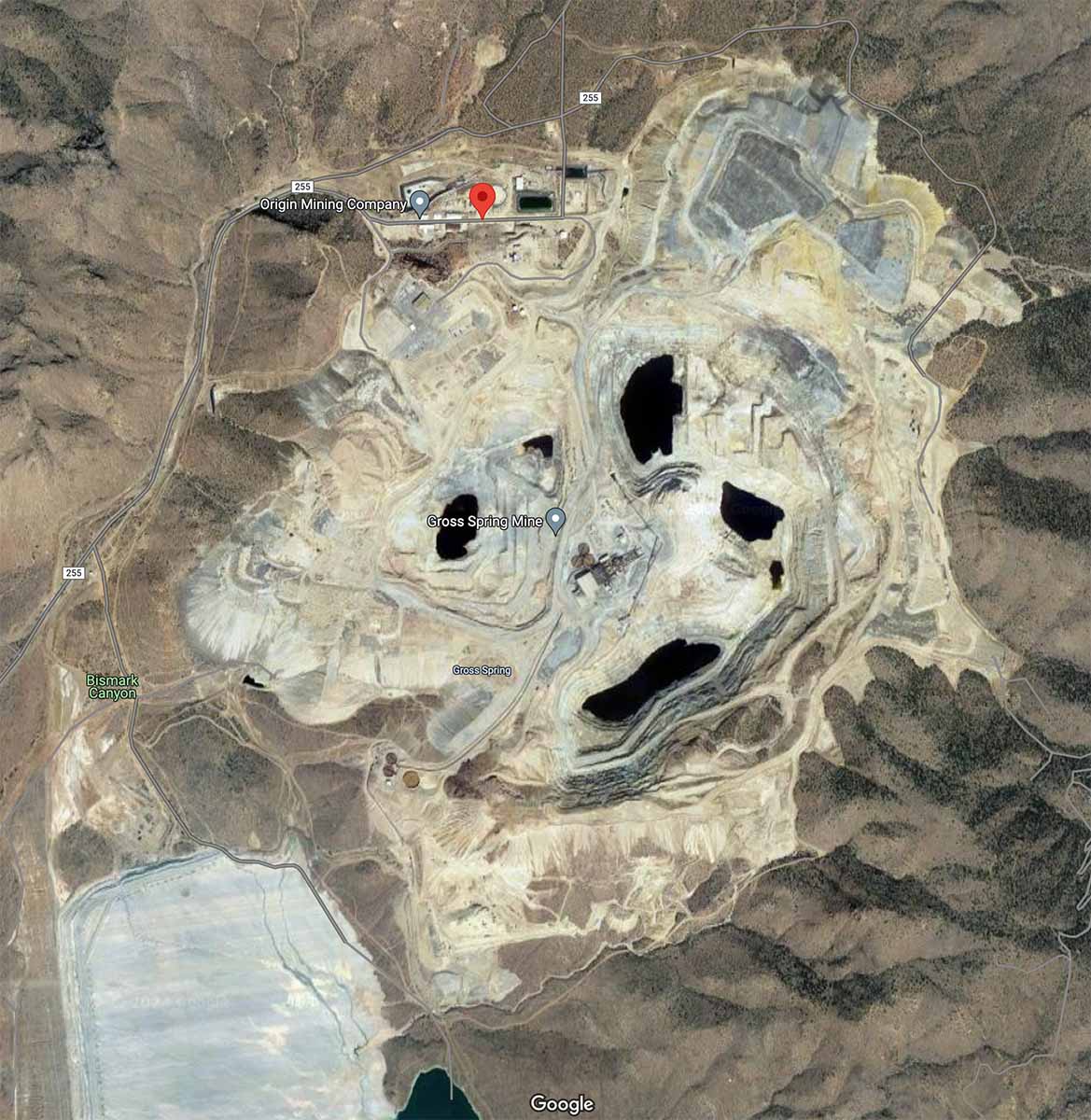
From the Newspapers
Advertisements from the locally-operated newspaper Mohave County Miner give some sense of the kinds of businesses that operated in this remote mining camp in the year 1883:
Mineral Park Drugstore - Hyde & Watkins, Druggists & Apothecaries.... and dealers in all kinds of chemicals, assayers' materials, Patent Medicines, Toilet Articles.... etc, etc, etc.. groceries, candies, nuts, tobacco, cigars... Give us a call and we will satisfy you.
Magnolia Saloon - W.S. Clark. The finest Wines, Liquors & Cigars, Billard and Pool Table, "Would say to my friends of Mohave Co. that I am ready at all times to supply their wishes. CALL AND SEE. Me and you will be satisfied that The Magnolia is up to the times."
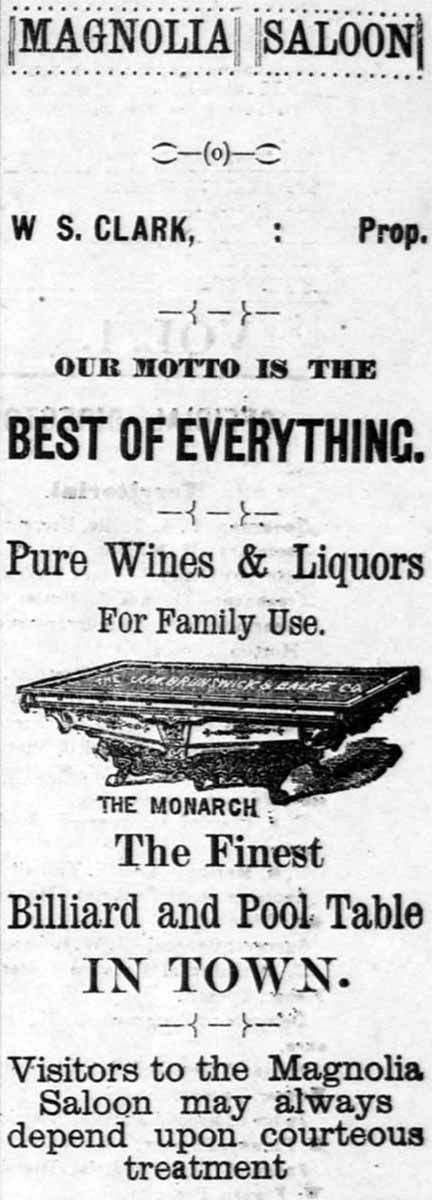
Mineral Park Butcher Shop - Finest Beef in the Territory. I keep on hand fresh Eastern fruit, potatoes and dried fruit. Will soon have on hand fresh pork and sausages. James Smith.
Arizona Mining Photos
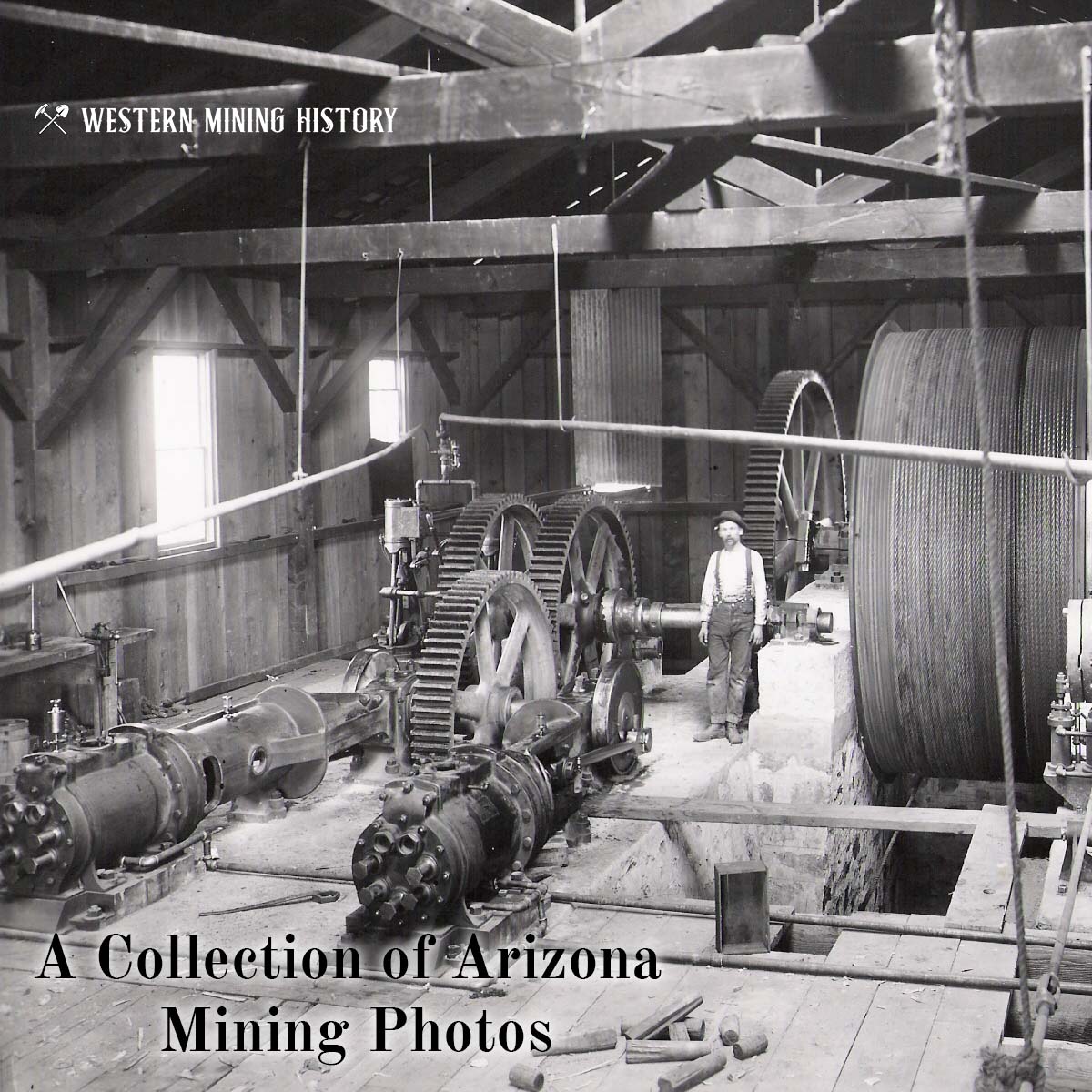
View over 35 historic Arizona mining scenes at A Collection of Arizona Mining Photos.
Arizona Gold
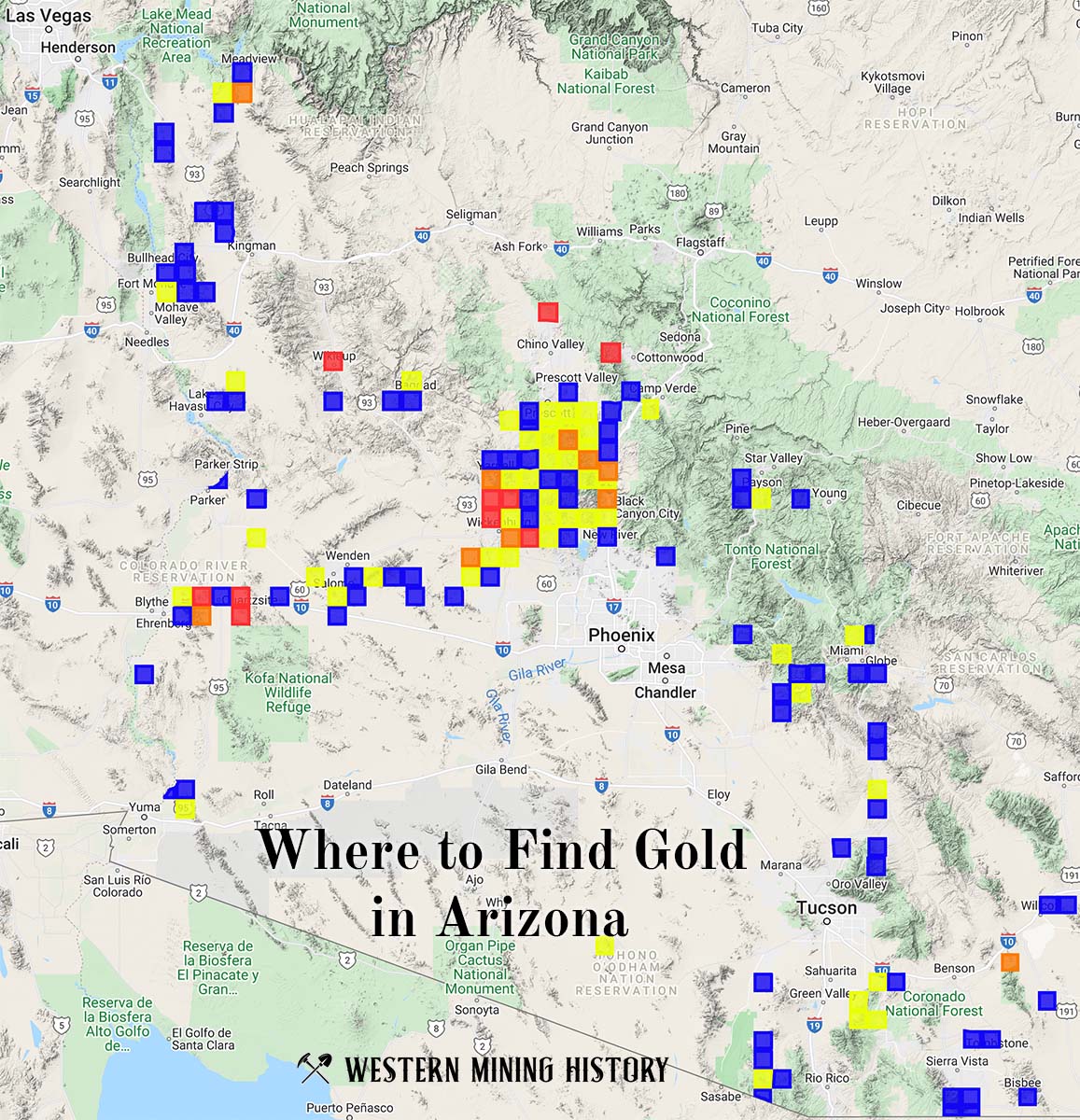
"Where to Find Gold in Arizona" looks at the density of modern placer mining claims along with historical gold mining locations and mining district descriptions to determine areas of high gold discovery potential in Arizona. Read more: Where to Find Gold in Arizona.
